Luther Museum Amsterdam
Luther Museum Amsterdam
The Luther Museum Amsterdam, housed in the historic 1772 Wittenberg building, once served as a Lutheran care home for the elderly and orphans. It reflects the Lutheran tradition of social care. Located at Nieuwe Keizersgracht 570, it’s easily accessible by tram and metro, with nearby parking at Artis. The Luther Museum Amsterdam offers a serene and insightful experience for those interested in religious history, cultural heritage, and the evolution of social care in the Netherlands.
Opening hours
Opening hours
- Monday to Wednesday: Closed
- Thursday to Sunday: 11:00 AM – 5:00 PM
How to get there
How to get there
Nieuwe Keizersgracht 570, 1018 VG Amsterdam
Prices from
Prices from
From €8.00
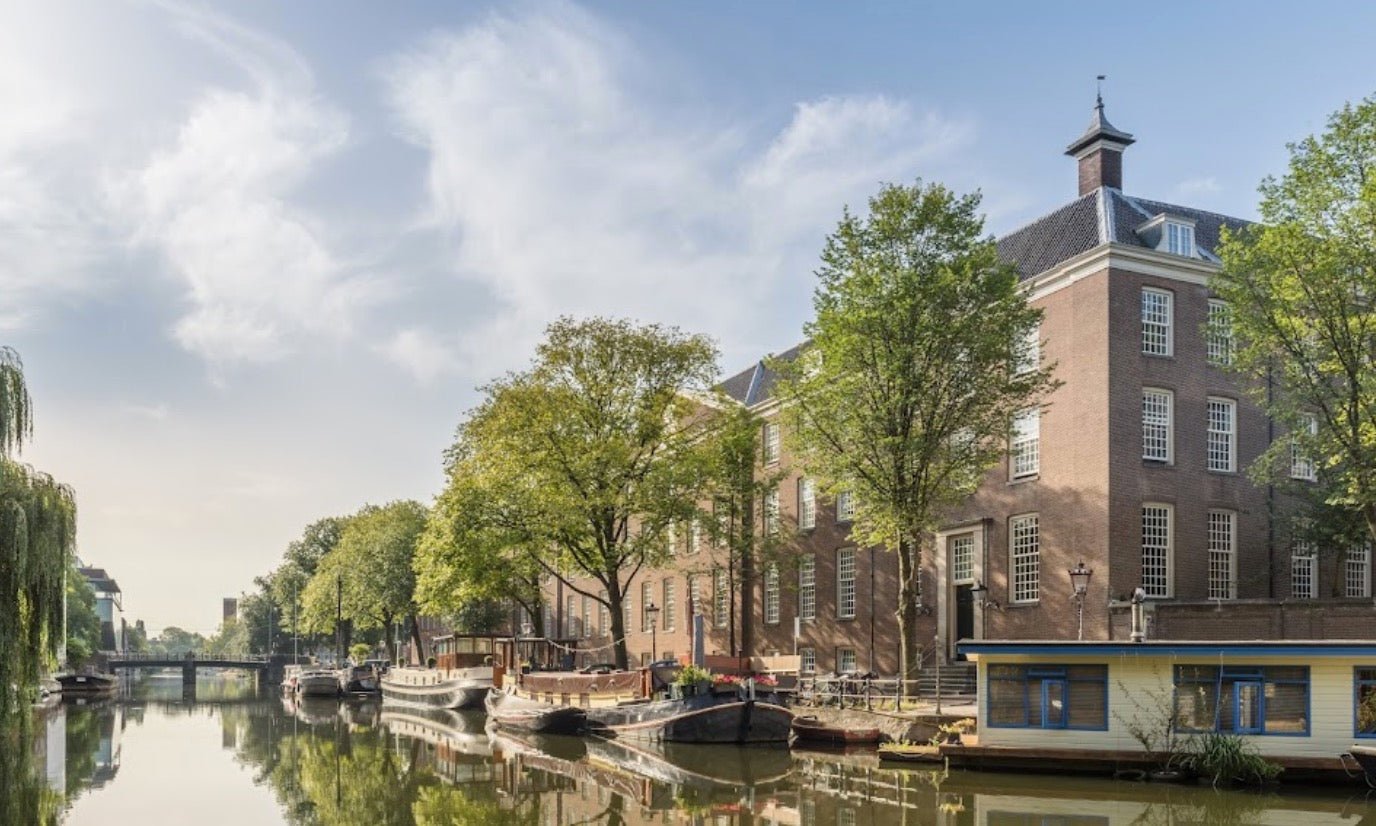
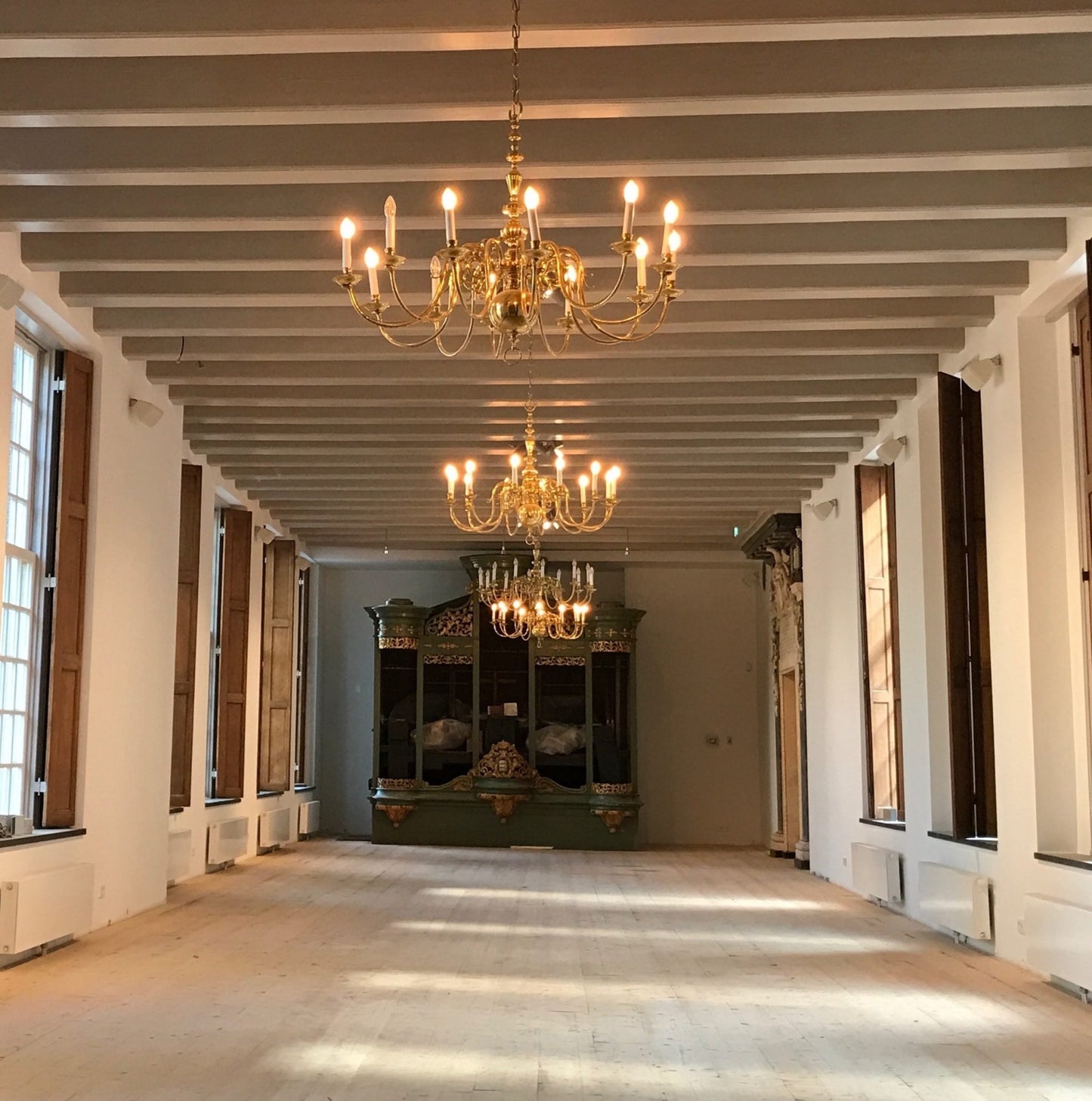
More details
Luther Museum Amsterdam – Faith and history in a quiet setting
The Luther Museum is a small museum in Amsterdam. It is inside an old Lutheran orphanage from 1772. The museum shows the history of Lutheran life in the Netherlands.
What to See
- Original rooms from the 18th century
- Paintings, silver, books, and church objects
- Stories about care, music, and daily life
- Quiet garden and historic furniture
- Rotating exhibitions on faith and community
Why Visit
- Learn about a lesser-known part of Dutch history
- Enjoy a peaceful, elegant museum
- See how the Lutheran church helped the city
- Great for history fans and calm experiences
The Museum
The Luther Museum opened in 2019. It keeps the memory of Lutheran people alive. The building is over 250 years old and shows how religion shaped care, music, and education in Amsterdam.
Visitor Information
- Address: Nieuwe Keizersgracht 570, Amsterdam
- Open: Wednesday to Sunday, 11:00 – 17:00
- Tickets: €10.00 (adults), €5.00 (ages 13–18), free under 13
- Free with Museumkaart
- Facilities: Garden, shop, and guided tours
Luther Museum Amsterdam is perfect for visitors who enjoy religious history, quiet spaces, and old buildings.
Some Highlights of Luther Museum Amsterdam
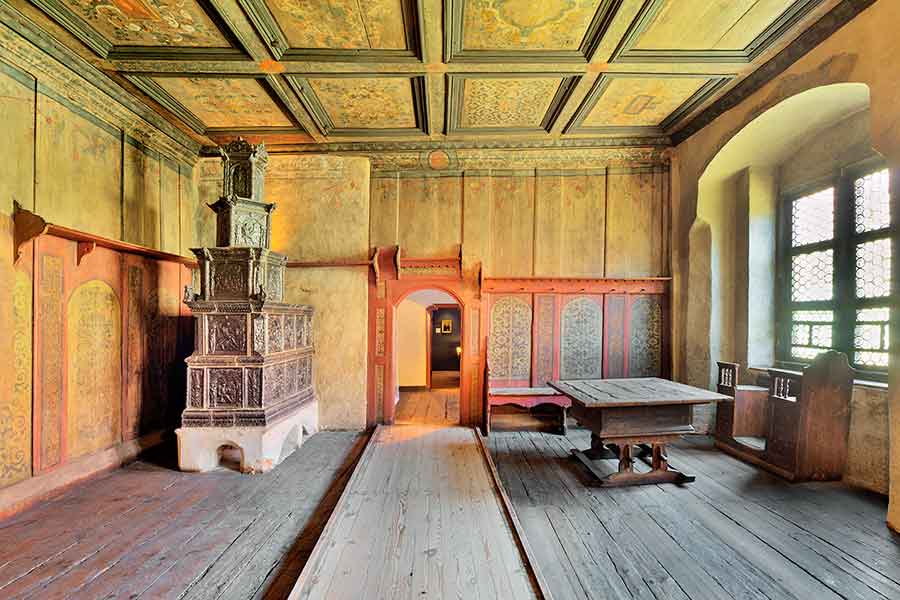
Luther House (Lutherhaus)
The Luther House was built in 1504 as an Augustinian monastery. Known at the time as the "Black Monastery", the name alluded to the color of the Augustinian monks' cowls. Martin Luther also lived here as a monk from 1508. The monastery was dissolved during the Reformation. Luther was given the house in 1532 and lived there with his family and his wife Katharina von Bora. After Luther's death, Leucorea University took over the building and converted it into a scholarship house. The front building, constructed in the mid-1580s, was named the Augusteum in memory of the university's patron, Augustus I of Saxony. In 1844, the Luther House was completely renovated by Friedrich August Stüler over a period of 30 years. Until 1937 there was a Luther school on the first floor of the building, and in 1883 the first rooms were used for museum purposes. Today, the Augusteum of the Leucorea is used as the central location of the Luther Museums for the presentation of special exhibitions. The Luther House has been a UNESCO World Heritage Site since 1996.
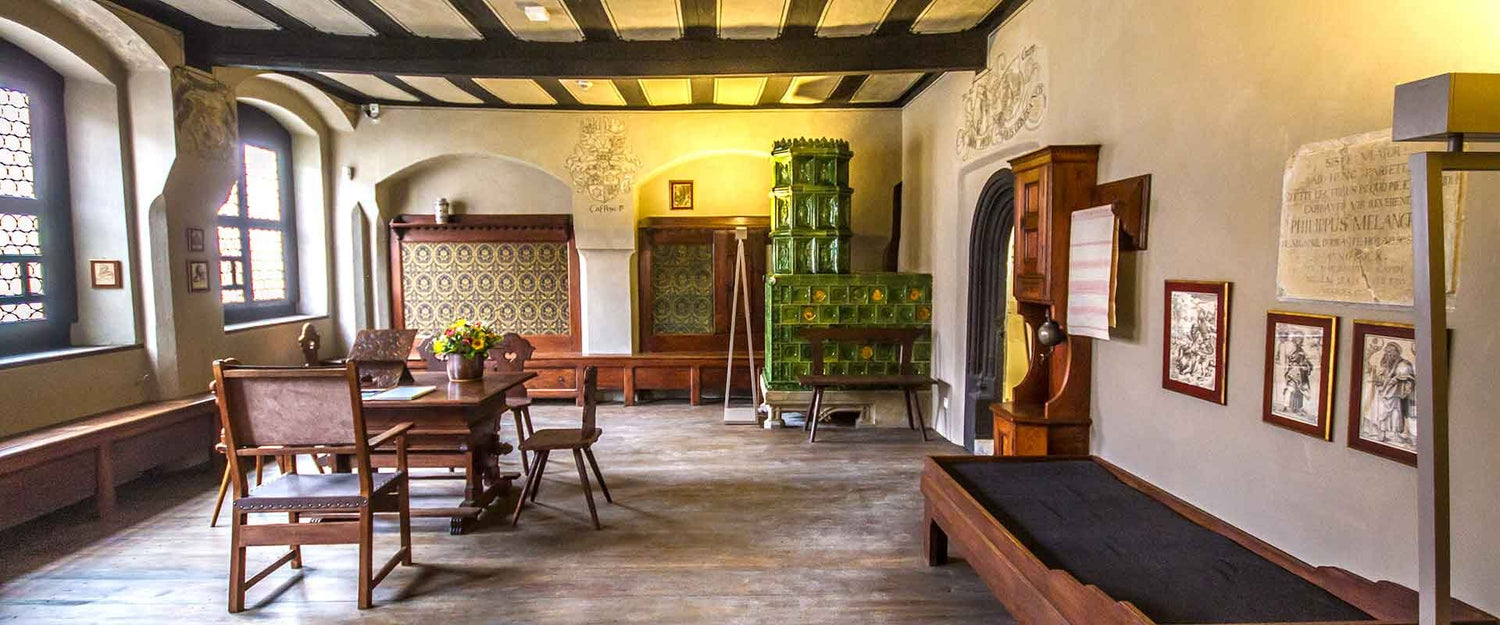
Melanchthon House
The beautiful Melanchthon House is not only charming from the outside, it also has a lot to offer on the inside. The former home of Philipp Melanchthon, which was built especially for him and his family, has remained almost untouched over the centuries. The building has been a UNESCO World Heritage Site since 1996. A new building on the neighboring property complements the Melanchthon House and today the permanent exhibition "Philipp Melanchthon: Life - Work - Impact" is housed on an exhibition area of approx. 600 m². The exhibition section in the new building displays manuscripts, prints, paintings and busts that tell of Melanchthon's significance for the Reformation and for the development of Protestantism. The exhibits include previously unpublished salary receipts and city histories as well as a larger-than-life, painstakingly restored portrait of Melanchthon. In the old residential building you will find illustrations and recreated everyday objects from the time of the Reformation.
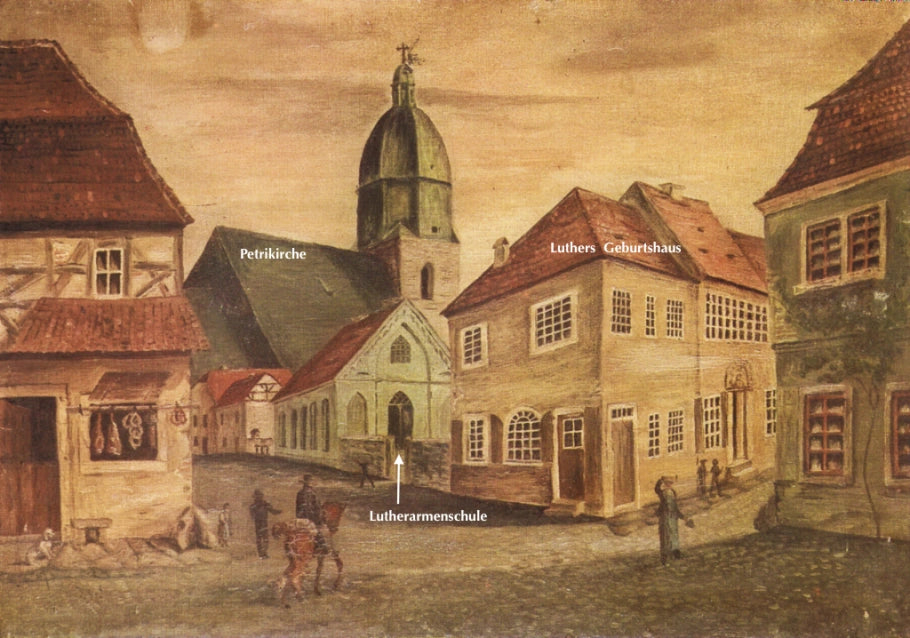
Birth/Death Houses
Entering the courtyard of Luther's birthplace through the archway on Lutherstraße, one finds oneself in a harmoniously designed garden: trees blossom between stone walls and, in front of the house, sandstone arcades support a medieval-looking half-timbered structure with bull's-eye glass panes. Behind the inviting façade is one of the oldest memorials in Germany. Martin Luther, the son of a miner, was revered in Eisleben even during his lifetime - even though he never lived in the town itself for any length of time. Born on 10 November 1483, his parents left the town with the infant shortly afterwards. In 1689, a fire destroyed the house where he was born. A little later, a more representative "memorial building" was rebuilt and maintained over the centuries as a museum and a school for the poor. The courtyard, for example, was also redesigned by the architect Friedrich August Stüler in 1867. Today, the birthplace, together with the residential house, the former school building and an award-winning new connecting building, forms a horseshoe-shaped ensemble with a large exhibition area. The permanent exhibition "From Hence I Am - Martin Luther and Eisleben" presents the life of the town of which Luther said "My fatherland was Eisleben" from the reformer's point of view. The birthplace is part of the UNESCO World Heritage Site.
Other Dutch Museums
-
Noordbrabants Museum Den Bosch
Regular price €0,00 EURRegular priceUnit price / per -
Van Gogh Museum Amsterdam
Regular price €0,00 EURRegular priceUnit price / per -
The Kröller-Müller Museum Otterlo
Regular price €0,00 EURRegular priceUnit price / per -
The Rijksmuseum Amsterdam
Regular price €0,00 EURRegular priceUnit price / per






